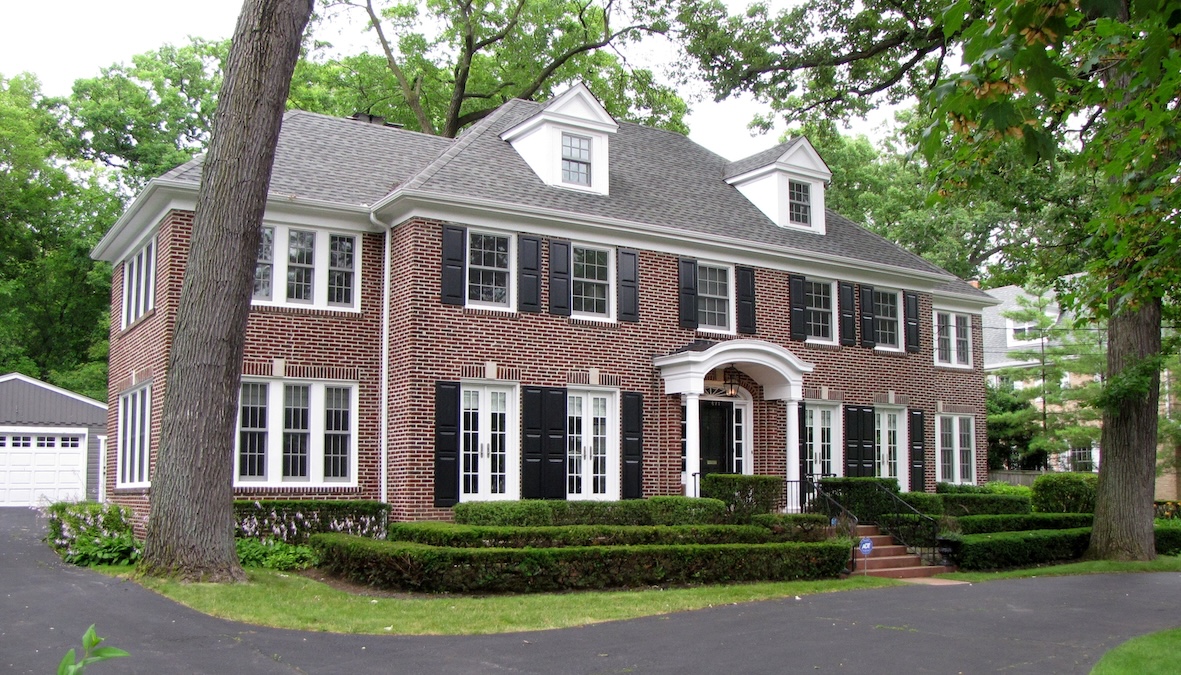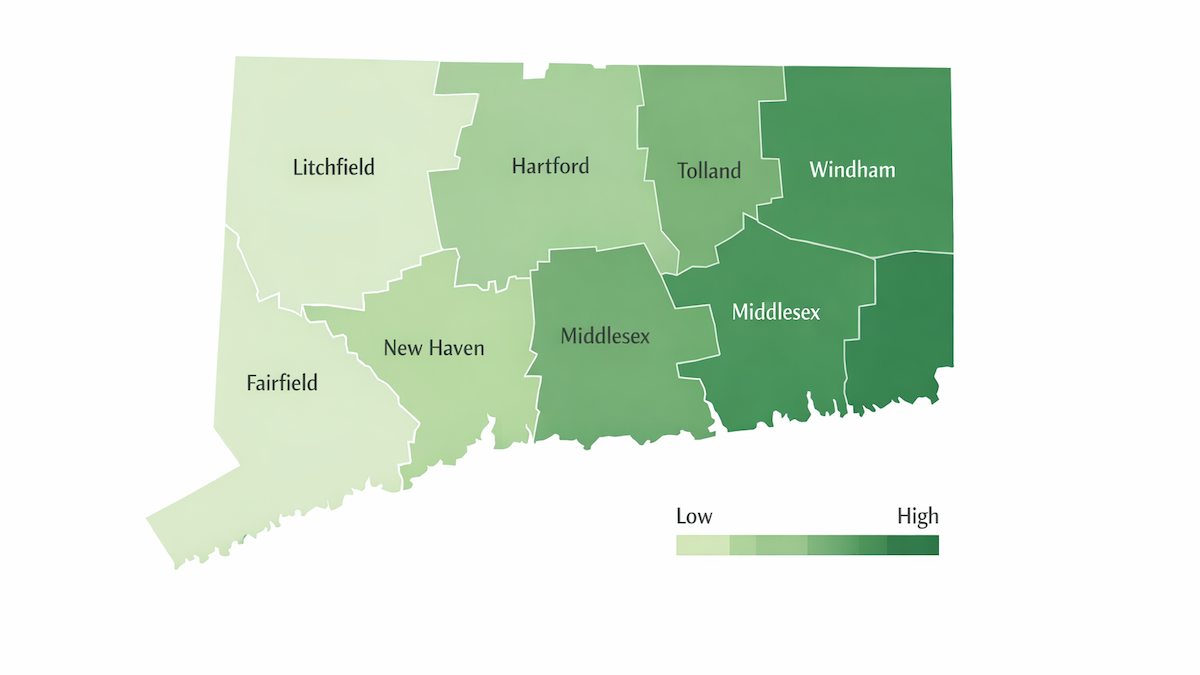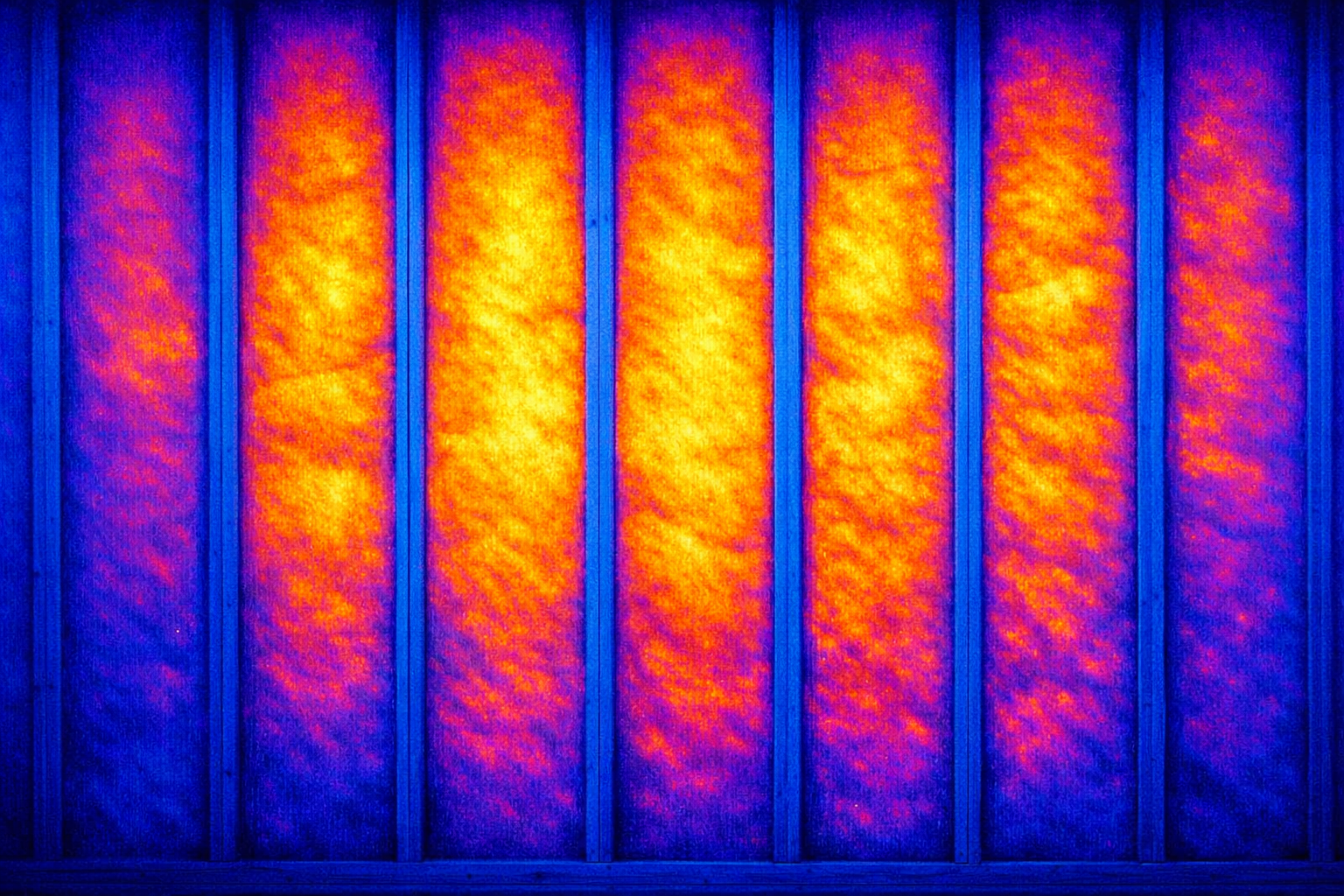What Is the Best Attic Insulation?

Let’s get one thing straight—there’s no universal “best attic insulation” for every home. That’s like asking what the best pair of shoes is without knowing if you’re running a marathon or going to a wedding. The right insulation depends on your attic, your climate, your budget, and—frankly—how long you plan on sticking around.
But here's what we can say: the attic is one of the biggest culprits when it comes to energy loss. Heat loves to rise, and without proper insulation up top, your home is basically wearing a winter coat with no hat. That means higher energy bills, drafty rooms, and HVAC systems working harder than they should.
In this guide, we’ll break down the most popular attic insulation materials—fiberglass, cellulose, spray foam, mineral wool—compare their strengths, costs, and R-values, and help you figure out what’s actually worth your money in 2025. Whether you’ve got a new build, a 100-year-old shoreline cape, or just a suspicion your attic's slacking off, this post is for you.
Let’s dig into what makes insulation great—and how to choose the right kind for your home.
What Makes Insulation ‘The Best’ for Your Attic?
Before we start comparing cellulose to spray foam like it’s a heavyweight title fight, let’s set the bar: what actually makes one attic insulation material better than another?
Here’s what we look at when choosing the best attic insulation:
R-Value (Thermal Resistance)
Think of R-value like the “warmth rating” on a sleeping bag. The higher the number, the better it resists heat transfer. In New England, you want an attic R-value between R-49 and R-60, depending on your setup and climate.
Air Sealing
Insulation slows down heat, but air sealing stops the drafts. Spray foam is the gold standard here—it does both. Dense-pack cellulose can help too. Fiberglass? Not so much.
Moisture Resistance
Insulation that soaks up moisture is asking for mold. If your attic lacks proper ventilation or has humidity issues, pick something that holds up—like closed-cell spray foam or mineral wool.
Longevity and Settling
Insulation is a “set it and forget it” kind of job—if it’s installed right. Spray foam holds its shape. Cellulose and fiberglass can settle if installed too lightly. Batt insulation? Depends on who installs it.
Cost vs. Performance
Spray foam has the highest performance—and the highest price. Cellulose hits the sweet spot for cost, coverage, and comfort. Fiberglass is cheap, but often leaves performance on the table.
👉 Bottom line: The “best” insulation is the one that fits your attic’s needs, not just your wallet.
The Main Types of Attic Insulation (Pros, Cons & What to Expect)
There’s no shortage of options, but these five are the ones we see most in Connecticut attics—and each one has its quirks.
Here’s the no-BS breakdown:
Blown-In Fiberglass
Pros: Affordable, quick install, moderate R-value (R-2.2 to R-2.7)
Cons: No air sealing, moisture-sensitive, settles over time
Best for: Open attics with good airflow and low moisture risk
Dense-Pack Cellulose
Pros: High R-value (R-3.2 to R-3.8), air sealing capability, pest/mold/fire resistant, eco-friendly
Cons: Can settle if under-packed, doesn’t like moisture
Best for: Older homes, retrofits, irregular cavities
Spray Foam (Closed Cell)
Pros: Highest R-value (up to R-7), air seals, moisture barrier, long-lasting
Cons: Expensive, must be professionally installed
Best for: Rim joists, vaulted ceilings, hard-to-reach areas
Fiberglass Batts
Pros: Cheap, easy to install (DIY-friendly), decent R-value
Cons: Poor fit = poor performance, no air sealing, vulnerable to compression
Best for: Simple, accessible attics with standard joist spacing
Mineral Wool
Pros: Good R-value (R-4+), fireproof, water-resistant, soundproof
Cons: More expensive than fiberglass, harder to find
Best for: Moisture-prone or fire-rated assemblies
Attic Insulation Comparison Table
Best Attic Insulation for Different Situations
Let’s match the material to the attic:
- Cold Climates: Closed-cell spray foam or dense-pack cellulose. Seal the leaks, then insulate deep.
- Humid Climates: Radiant barrier plus fiberglass or open-cell foam.
- Older Homes: Dense-pack cellulose + foam at rim joists and access points.
- New Construction: Closed-cell spray foam or hybrid (foam + cellulose).
- DIY Projects: Fiberglass batts or rental cellulose blower kits (if you know what you're doing).
Bottom line: Match the insulation to your home—not the other way around.
What R-Value Do You Really Need in Your Attic?
In Connecticut, aim for R-49 to R-60 in your attic. If you already have R-19, you can add to it.
R-Value by Material (Per Inch)
- Blown-in fiberglass: R-2.2 to R-2.7 → ~18-22 inches needed
- Cellulose: R-3.2 to R-3.8 → ~13-15 inches
- Open-cell foam: R-3.5 to R-4.0
- Closed-cell foam: R-6 to R-7
- Mineral wool: R-4 to R-4.2
And don’t forget: Air sealing comes first. Always.
Common Attic Insulation Mistakes (And How to Avoid Them)
Let’s save you the expensive redo:
- Skipping air sealing: Insulation without sealing is like socks in wet shoes—pointless.
- Choosing solely on price: The cheapest option often costs more in the long run.
- Ignoring ventilation: You need airflow, or you’ll end up with mold.
- Reusing old insulation: If it’s saggy, moldy, or mouse-nested—remove the insulation.
- Leaving the hatch uninsulated: Your attic access is a massive weak point. Seal it tight.
So… What’s the Verdict?
If you’re just looking for the straight answer:
- Best all-around: Dense-pack cellulose
- Best performance: Closed-cell spray foam
- Best combo: Foam for air leaks + cellulose for coverage
Common FAQ's about Attic Insulation
How do I know if my attic insulation needs to be replaced?
You should replace attic insulation if it's sagging, wet, moldy, chewed by pests, or over 20–30 years old. Rising energy bills, drafts, or uneven room temperatures are also warning signs. Poor installation, moisture, or critters can shorten insulation life—if it's never been inspected, it's likely due for a checkup.
Can I add new insulation on top of the old stuff?
You can add new insulation over old material if it's dry, mold-free, and not compacted. This method is cost-effective and helps meet attic R-value codes. However, if the old insulation is damp, damaged, or pest-infested, it should be removed first to avoid trapping moisture or odors.
How long does attic insulation typically last?
Attic insulation typically lasts 20–30 years if installed properly and kept dry. Spray foam can last even longer. Moisture, pests, and settling can shorten its lifespan. If you notice uneven temperatures or higher energy bills, it’s smart to have your attic insulation checked every 10–15 years.
Will new attic insulation qualify me for rebates or tax credits?
Yes, new attic insulation can qualify for rebates and tax credits in Connecticut. Programs like EnergizeCT and the federal Inflation Reduction Act offer incentives for energy-efficient upgrades. To qualify, you’ll need proper documentation, including receipts and possibly a home energy assessment, typically submitted by your contractor.
Conclusion: Insulation Is an Investment—Do It Right
Insulation isn’t sexy, but it saves you money, boosts comfort, and protects your home from the elements. Get it right the first time, and you won’t have to think about it again for 30 years.
Related Articles
Let's Work Together
Ready to transform your home into an energy-efficient haven? Schedule your free energy assessment today and experience the Nealon difference for yourself.



